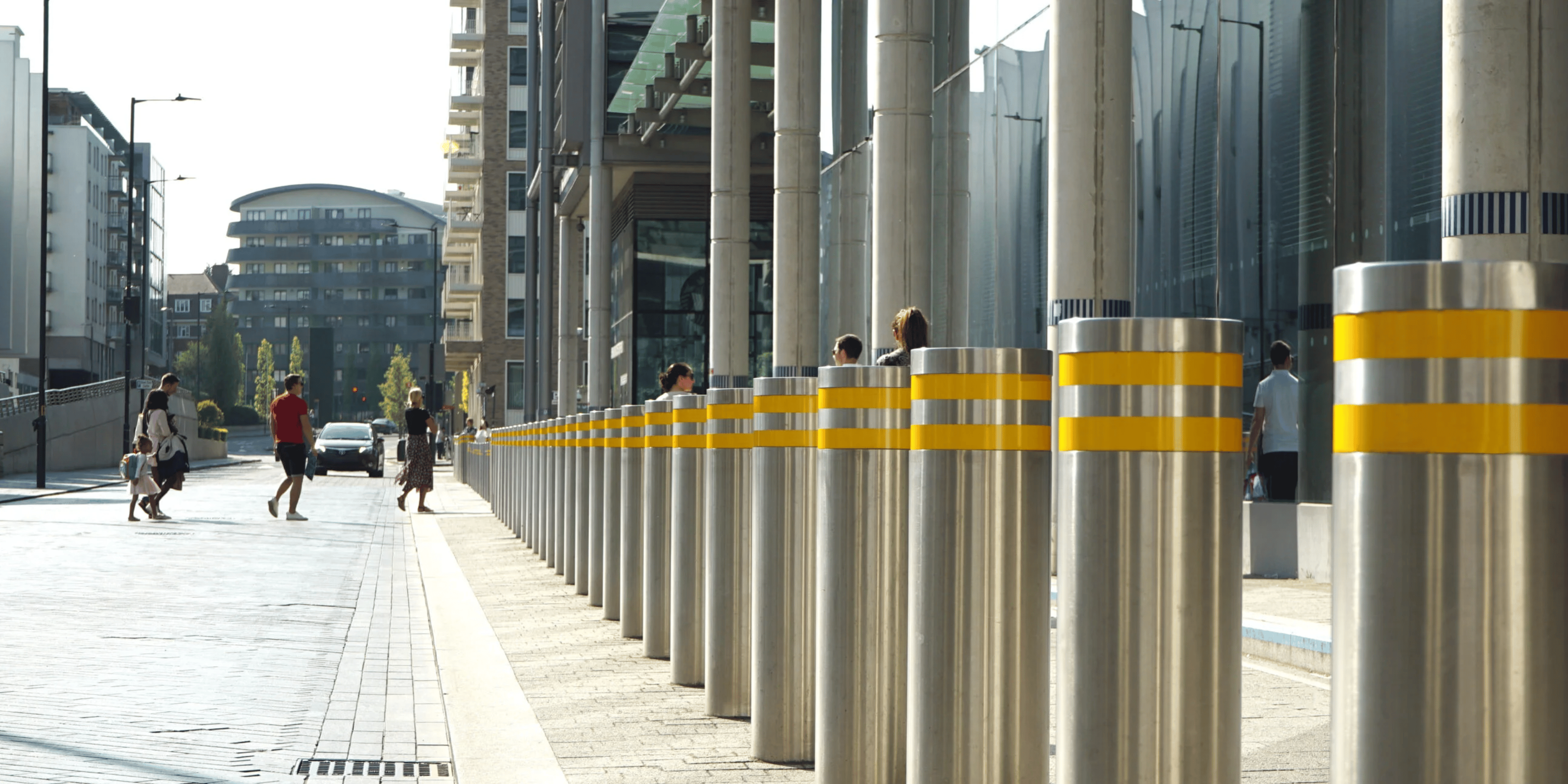
4 Best Practices for Personal Protection on Construction Sites
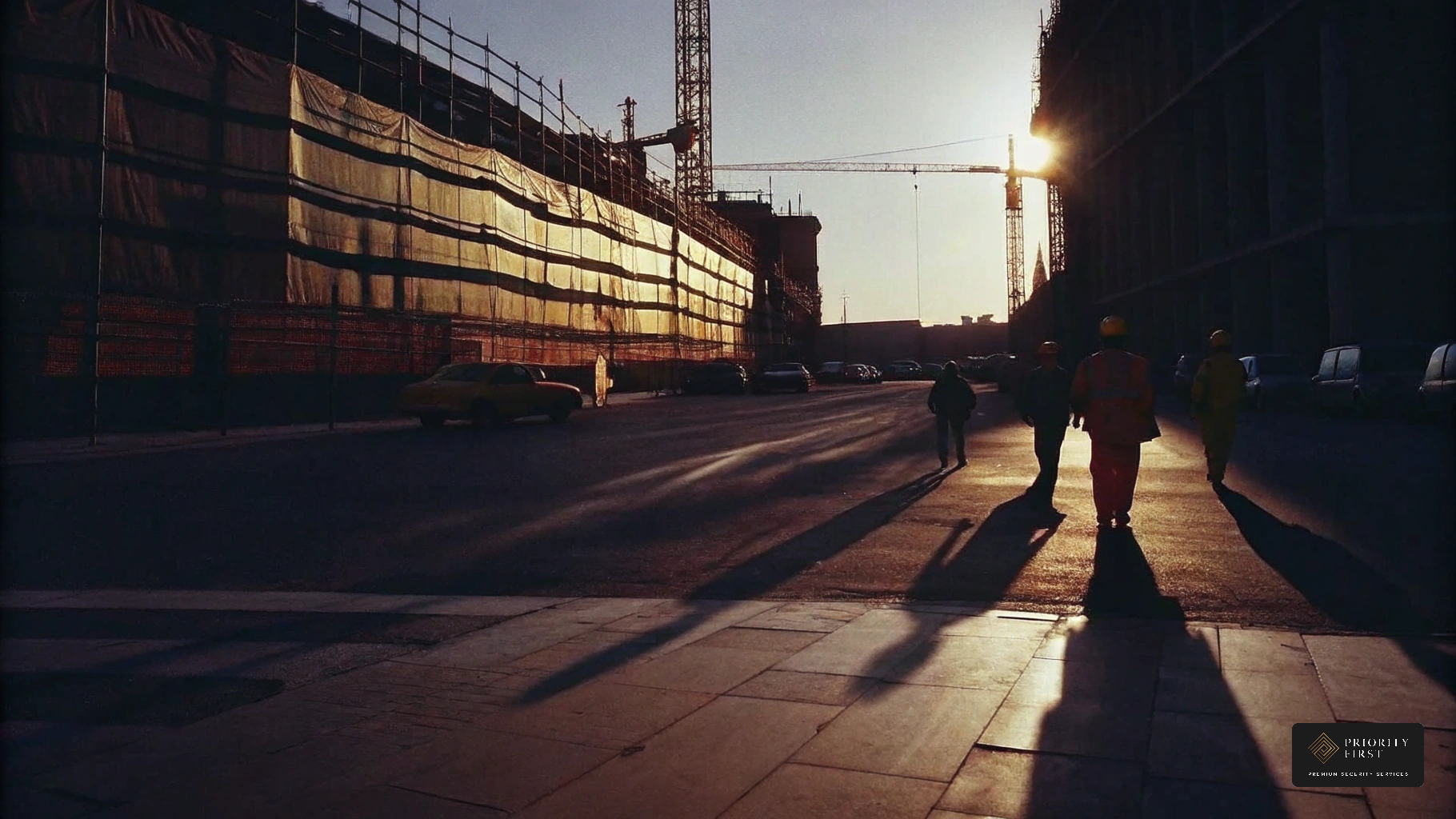
Overview
Best practises for personal protection on construction sites begin with conducting thorough risk assessments and utilising appropriate personal protective equipment (PPE). Ensuring compliance with safety regulations is essential, as it not only meets legal obligations but also safeguards workers' well-being.
Furthermore, leveraging technology enhances security measures, significantly reducing risks. The importance of identifying hazards and maintaining safety standards cannot be overstated; neglecting these aspects can lead to dire financial, operational, and reputational consequences.
In practise, adopting these measures improves overall safety for workers and contributes to business resilience.
Introduction
Construction sites present significant hazards, with the potential for accidents ever-present amid the operations of heavy machinery and high-altitude work. This reality underscores the importance of understanding and implementing best practises for personal protection; it is not merely beneficial but essential for safeguarding the workforce.
The construction industry is evolving, and the challenge now lies in balancing compliance with safety innovation. This raises a crucial question: how can construction managers ensure the highest level of protection for their teams while adapting to emerging risks and technologies?
Identify Key Risks in Construction Environments
Construction locations present inherently dangerous environments, with risks that include physical injuries from falls, equipment accidents, and exposure to harmful substances, alongside security threats like theft and vandalism. The reality is that to effectively protect personnel, a thorough risk assessment is essential to identify these key hazards. This can be achieved through site inspections, discussions with employees, and reviewing incident reports.
In practise, understanding the specific risks present allows construction managers to tailor their personal protection strategies to address these vulnerabilities. Ignoring these risks can lead to significant financial, operational, and reputational consequences. Therefore, ensuring a safer working environment is crucial for all employees.
Priority First offers a pragmatic solution to these challenges. By investing early in security measures, businesses can prevent greater losses later, securing not just assets but also the continuity of operations. This approach underscores the importance of viewing security as a , rather than an afterthought.
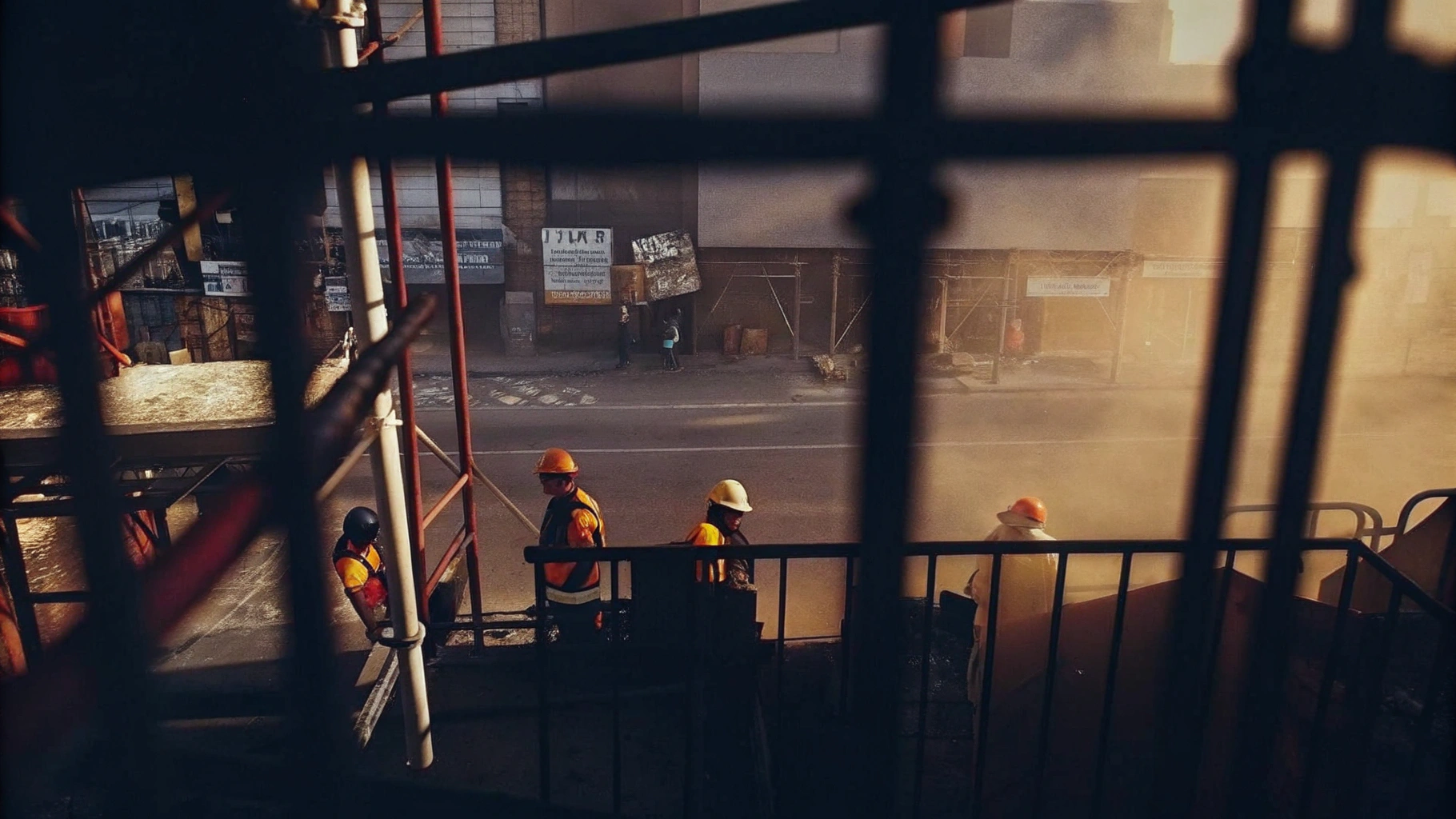
Select and Utilize Appropriate Personal Protective Equipment (PPE)
Selecting appropriate personal protection equipment (PPE) is crucial for safeguarding workers against identified risks. This includes:
- Hard hats
- Protective goggles
- Gloves
- High-visibility clothing
- Steel-toed boots
The reality is that ensuring all personal protection equipment (PPE) meets relevant is not merely a regulatory requirement; it is essential for the personal protection of those performing specific tasks.
Regular training sessions are vital for educating employees on the proper use and upkeep of their personal protection equipment. In practice, neglecting this aspect can lead to significant operational risks, including increased injury rates and associated costs. Routine inspections of PPE should be conducted to ensure personal protection by identifying any wear and tear, thus keeping all equipment effective in protecting workers from potential hazards. The lesson is clear: early investment in PPE and training not only enhances safety but also contributes to long-term business resilience.
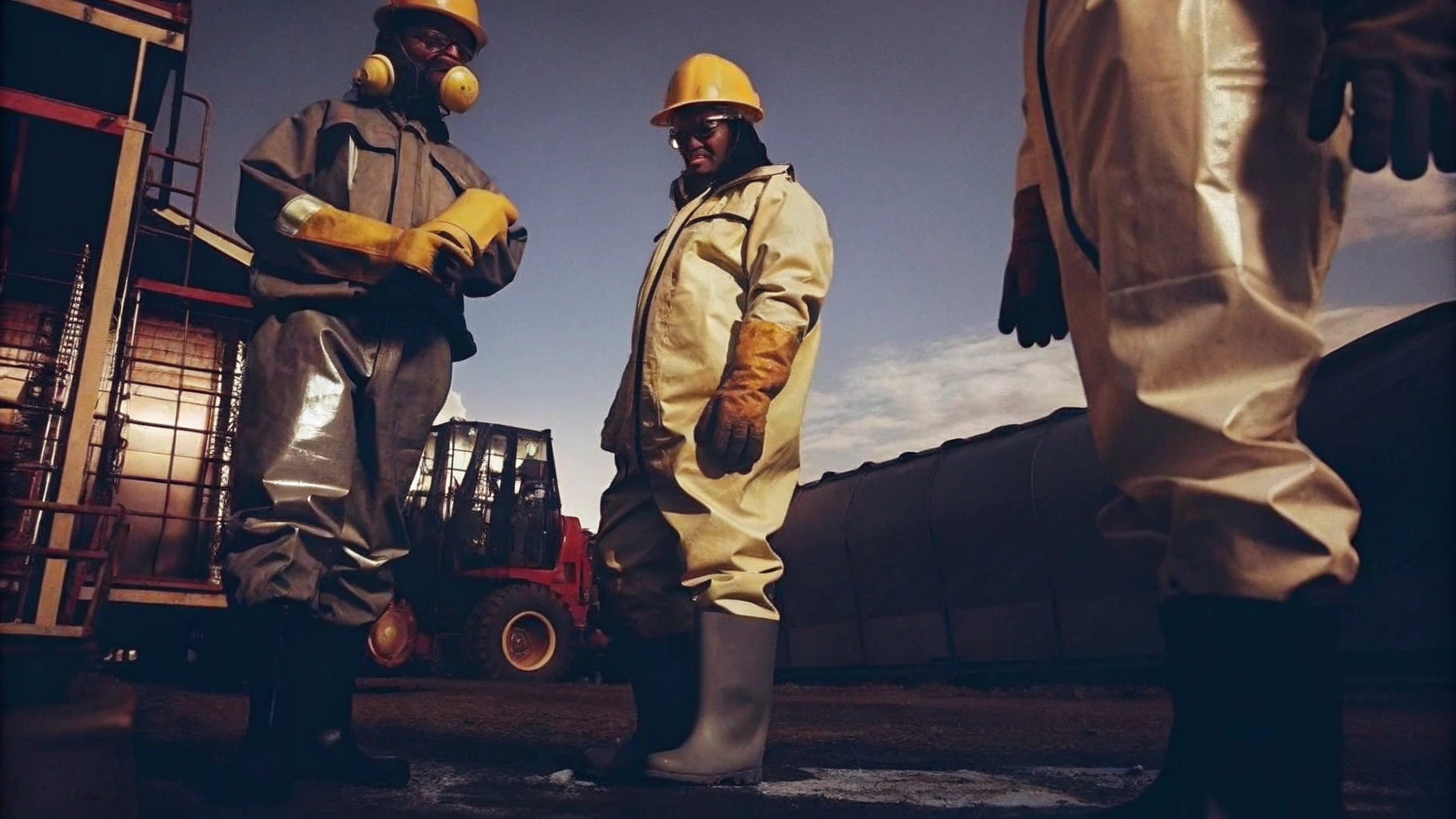
Ensure Compliance with Safety Regulations and Standards
Guaranteeing adherence to regulatory measures and criteria is vital for upholding a secure building area. This requires staying informed about local, state, and federal regulations, alongside . Data show that non-compliance can lead to considerable risks; for instance, one in six workplace fatalities involves forklifts, underscoring the necessity for strict personal protection measures.
Priority First's customised security services, including key holding, CCTV surveillance, and site protection, play a crucial role in enhancing security at building sites, such as the multi-use complex developed on Kings Road in Chelsea. By effectively managing logistics and providing facilities management, Priority First ensures that operations run smoothly, thereby reducing risks associated with mixed residential and commercial tenants and busy foot traffic.
Regular compliance audits and training sessions are essential to reinforce adherence among workers. Effective evaluations in various construction projects have demonstrated that proactive measures can lead to a significant reduction in incidents. For example, companies implementing comprehensive training programmes report a 30% decrease in workplace accidents.
Maintaining precise records of training, incidents, and inspections is vital for demonstrating compliance and identifying areas for enhancement. This documentation not only aids in regulatory compliance but also fosters a culture of security and accountability. As industry leaders emphasise, prioritising personal protection is not merely a legal obligation but an ethical responsibility that safeguards both employees and the integrity of the project.
By cultivating a robust security culture and adhering to established standards, project managers can significantly enhance personal protection for their workforce, ensuring that security remains central to operations. The unfortunate incidents involving employees such as Gary Anstey and Mr. Iftikhar Ahmed Mughal serve as stark reminders of the repercussions of non-compliance, highlighting the need for vigilance and commitment to protection.

Leverage Technology for Enhanced Safety and Security
Utilising technology is essential for in construction environments. The implementation of advanced security systems, such as:
significantly deters unauthorised access while monitoring site activities in real-time. HVM facilitates the efficient tracking of large volumes of data, ensuring potential threats are identified and addressed promptly. Furthermore, mobile applications for safety reporting and incident tracking streamline communication and improve response times. Training workers to effectively use these technologies enhances their personal protection. By embracing this comprehensive approach to security, construction managers can foster a safer and more secure working environment, ultimately leading to improved project outcomes.
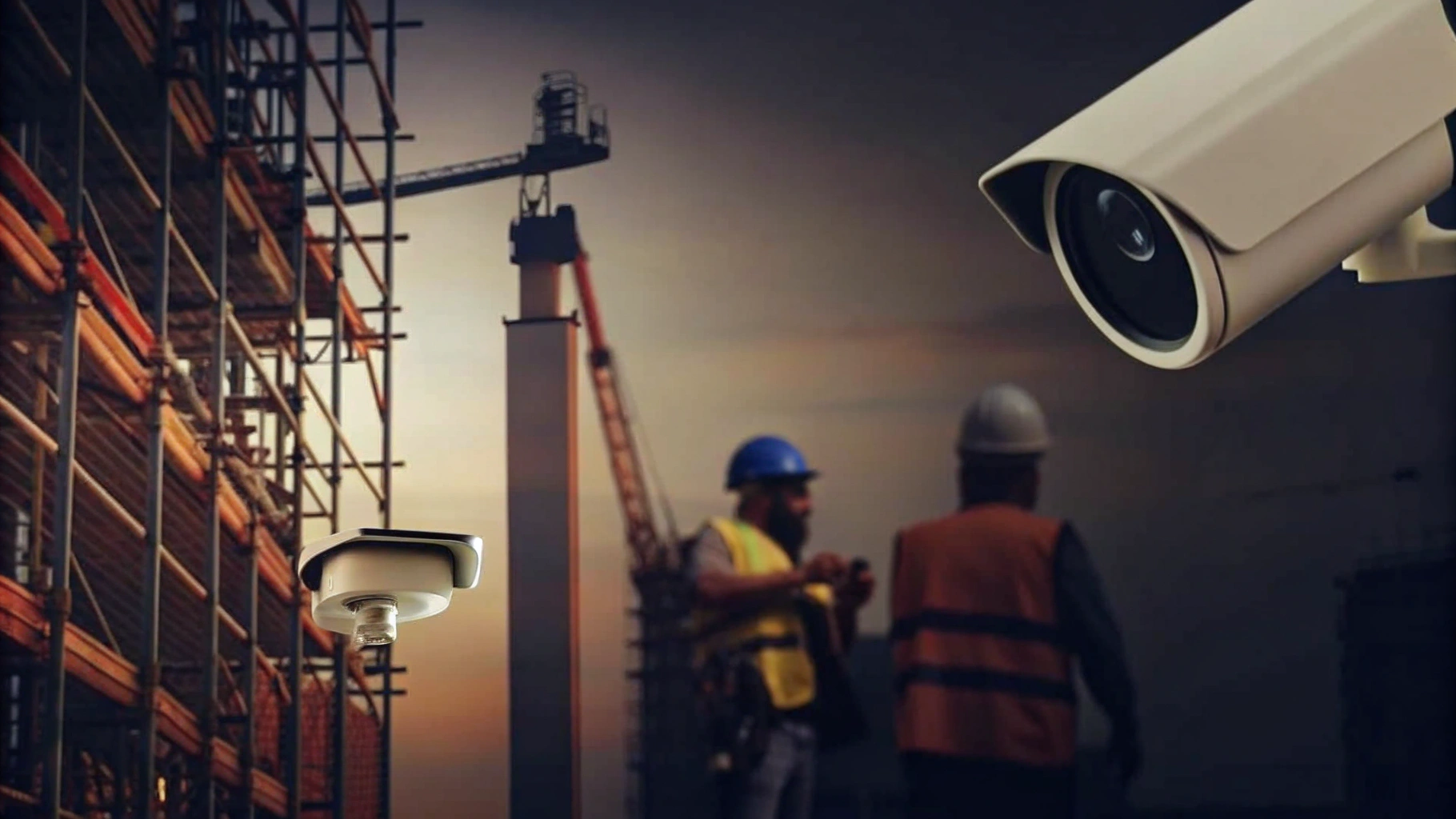
Conclusion
In the pursuit of safeguarding personnel on construction sites, implementing best practises is essential. Identifying key risks, selecting appropriate personal protective equipment (PPE), ensuring compliance with safety regulations, and leveraging technology to enhance safety and security are critical components. Each of these pillars plays a vital role in creating a safer working environment, ultimately protecting both workers and the integrity of construction projects.
The necessity of thorough risk assessments cannot be overstated; they are crucial for tailoring effective protection strategies. Selecting high-quality PPE, conducting regular training, and adhering to compliance standards are not merely regulatory obligations but ethical imperatives that significantly reduce the likelihood of incidents. Moreover, integrating advanced technologies—such as intelligent monitoring systems and mobile applications—further strengthens security measures, allowing for real-time responses to potential threats.
Reflecting on these practises highlights the broader significance of prioritising personal protection in the construction industry. By committing to these strategies, construction managers fulfil not only their legal responsibilities but also foster a culture of safety and accountability. As the industry evolves, staying informed about the latest safety trends and technologies is crucial for mitigating risks and ensuring the well-being of all workers. Embracing these best practises is not just a recommendation; it is a call to action for all stakeholders in the construction sector to invest in a safer future.
Frequently Asked Questions
What are the main risks associated with construction environments?
The main risks in construction environments include physical injuries from falls, equipment accidents, exposure to harmful substances, and security threats such as theft and vandalism.
Why is a risk assessment important in construction?
A risk assessment is essential to identify key hazards and effectively protect personnel, which helps in tailoring personal protection strategies to address specific vulnerabilities.
How can construction managers identify risks on site?
Construction managers can identify risks through site inspections, discussions with employees, and reviewing incident reports.
What are the consequences of ignoring risks in construction?
Ignoring risks can lead to significant financial, operational, and reputational consequences for the business.
What solution does Priority First offer to construction risks?
Priority First offers a pragmatic solution by encouraging businesses to invest early in security measures to prevent greater losses later, emphasising that security should be viewed as a critical business function.



